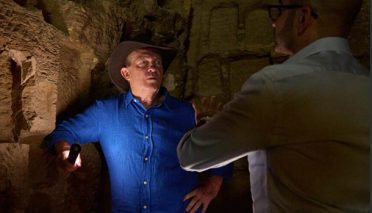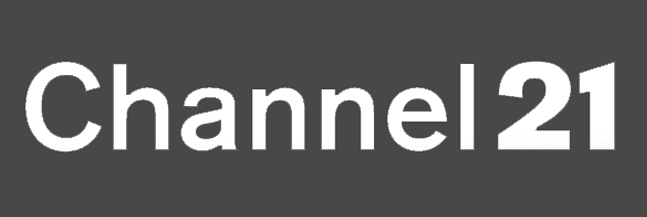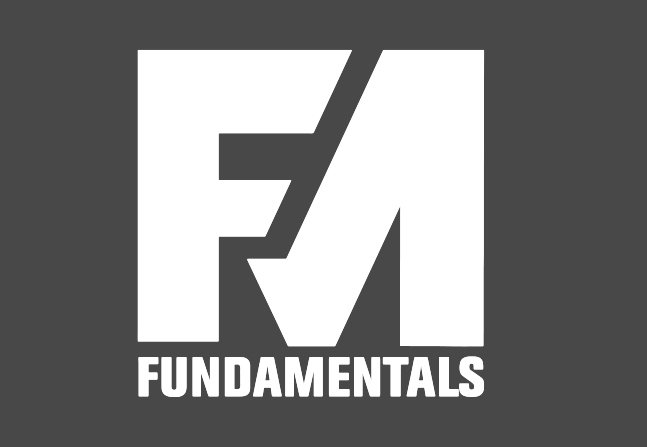Write With Laika co-founders Charlene Putney and Martin Pichlmair explain why AI won’t replace screenwriters but can instead help them in the creative process.
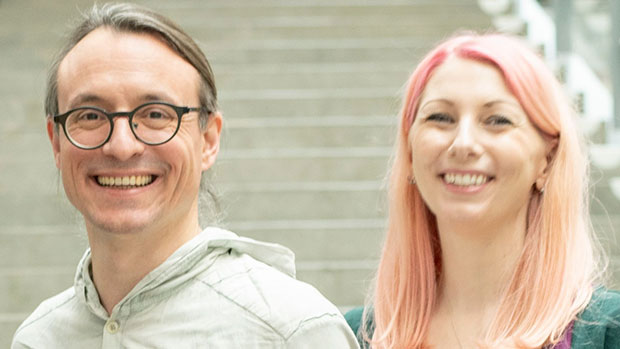
Martin Pichlmair and Charlene Putney
Two weeks into last year’s 148-day stand-off between Hollywood scribes and the studios they supply, an aeroplane cut through the Los Angeles sky trailing a banner that read, ‘Pay the writers, you AI-holes.’
The slogan encapsulated concerns among Writers Guild of America (WGA) members that bosses of those represented by the Alliance of Motion Picture & Television Producers (AMPTP) might look to use artificial intelligence (AI) to reduce costs and reliance on human wordsmiths. But it also underscored the latter’s singular creative abilities – would ChatGPT have been able to come up with such a pithy witticism? Unlikely.
When the WGA strike began on May 2, it was just five months after Microsoft-backed OpenAI released its breakout AI chatbot, sending waves of excitement and fear in equal measures across myriad sectors potentially affected by a tool that can draft legal documents, pen academic texts and, yes, create movie or TV scripts in minutes – all with the input of a few simple prompts.
When the strike ended on September 27, the WGA had secured a deal ensuring studios’ use of AI would be subject to certain ‘guardrails’ while its members would have the freedom to employ it in their work. The agreement was viewed by many as a major victory, preserving, for the time being, the livelihoods of screenwriters.
For the founders of an AI tool called Write With Laika, the outcome was also a positive. “It’s created this kind of sandbox in which screenwriters understand the situations in which they’re able to use AI, and that gives them a feeling of safety,” says Charlene Putney, a former Google and Facebook exec and video games writer. “Writing books is like the Wild West – nobody tells you what you can and can’t do and there’s such a witch-hunting kind of vibe about writers using AI outside of screenwriting that they don’t so much.”
Indeed, days before the WGA and AMPTP reached their accord, Game of Thrones writer George R R Martin, Bosch creator Michael Connelly, The Firm’s John Grisham and others joined an Authors Guild class-action lawsuit brought against OpenAI. The case is ongoing.

The WGA strike secured a deal covering studios’ use of AI
“I love screenwriters because they are intensely curious,” adds Martin Pichlmair, previously co-founder of Austrian games studio Broken Rules and these days an associate professor at IT University Copenhagen. “They have so much fun when you see them working; they’re really just trying things out. They’re not as puritan as some other writers. They’re pragmatic because they’re used to a script never being realised, so they write a lot of stuff that they don’t expect to make it to the screen. They’re very technique-focused. It is a more controlled way of working.”
It’s this arguably more formulaic method and structure that means film and TV scriptwriting is at greater risk from AI, yet from another perspective it’s better placed to benefit. This is the view of Putney and Pichlmair, who dreamt up Laika during the pandemic, initially as a tool into which a writer could feed their own text and allow it to generate more in the same voice, or input tomes from out-of-copyright authors and have the system serve up further works in theirs.
But with backing from early investor Rockstart in February this year, Laika evolved to provide a virtual writers’ room, staffed with a range of computer-generated assistants offering lonely scribes feedback, editing suggestions, plot development and more to aid their efforts. Users, crucially, retain rights to the resulting scripts.
“Our vision of tech and everything we do, whether it’s making software, giving presentations or doing workshops, is we want to enrich people’s lives. We want to enhance their creativity,” says Pichlmair.
Indeed, the Copenhagen-based couple are increasingly spending their time proselytising about the positives of AI, whether at the National Film School of Denmark or on the road at events including Series Mania in Lille and Serial Eyes in Berlin.
“How we start our workshops is we usually come in and say, ‘OK, let’s forget about AI for a minute and just think what are the things that are blockers to you in writing?'” Putney explains.
“We go around the room, make a big list on a whiteboard and then piece by piece, we show how one or another AI tools might help with each. Usually, by the end of the day, the writers are either feeling like they’ve found a tool that can help them or that they actually prefer doing it on their own. But in every single case, they don’t feel threatened anymore because they see what AI can do, and they understand that it’s not in any way going to be able to replace what they can do, which is create a human story that resonates with other human beings. The fear goes away.”
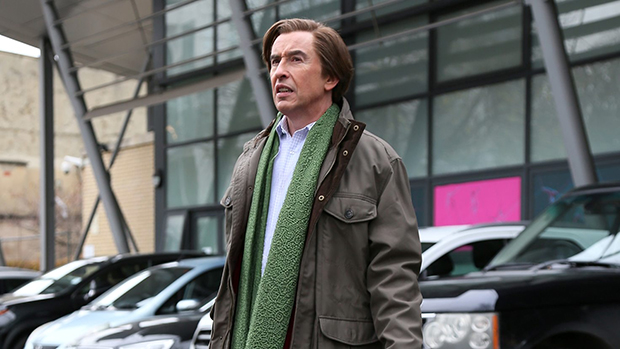
Neil Gibbons revealed And Did Those Feet… with Alan Partridge was written with help from ChatGPT
Write With Laika is currently in open beta mode and has more than 8,500 users, while ChatGPT reportedly has some 200 million monthly active accounts. Putney and Pichlmair are not aiming to compete but believe their specialised product has an edge over OpenAI’s more generic software. Either way, overall AI take-up shows how prevalent the tech has become, and this has been apparent in their interactions.
“People are using a lot of AI without telling the public and their audience, usually because it is seen as some kind of mark of lack of creative spirit or something like that,” says Pichlmair. “I don’t have numbers for the film industry, but in video games nearly every coder I talk to uses some kind of AI tool for help, and they’re all super pragmatic about that.”
Putney adds that at a recent Nordisk Film workshop, one of those attending relayed an anecdote about how using AI in a writers’ room is generally perceived as ‘impolite’ so everyone sits around grasping for inspiration in silence till one disappears to the bathroom and miraculously returns moments later with a brilliant idea.
Some, such as Neil Gibbons, co-writer of Steve Coogan-starring BBC comedy And Did Those Feet… with Alan Partridge, have admitted to using ChatGPT to brainstorm script ideas, and this is likely the tip of the iceberg.
In computing, there’s an expression called ‘procedural generation,’ which Putney and Pichlmair know well. Indeed, it’s one of the subjects Pichlmair teaches in his academic pursuits. It’s essentially the precursor to generative AI, a method of getting computers to create their own random data or content based on algorithms they’ve been human-fed.
Of course, in TV, ‘procedural’ has a different meaning, referring usually to cop or medical dramas with close-ended episodes and familiar narrative tropes.
While ChatGPT, like Laika, is text-centred, in February, OpenAI showed off the capabilities of new text-to-video AI tool Sora. James Hawes, director of Apple TV+ drama Slow Horses, was subsequently minded to tell a government inquiry into the future of the UK film and high-end TV business he believed it would be possible for AI to generate entire procedural series within three to five years. Pichlmair, however, is not convinced.

Slow Horses director James Hawes said he believed AI will be able to create procedural series within five years
“No, not three to five years, that’s for sure,” he says. “To make a very good procedural generation system, you have to be a better, more sophisticated designer than for making a normal, fully authored system. You not only have to design, you have to meta design.”
Putney puts this in TV parlance. The writers of Slow Horses, for example, with enough technical ability, could perhaps one day be in charge of running a system that would be able to do that, but a regular person without storytelling heft would not. “It’s like Martin says, you have to be the expert to make the system, and then the system can work with your supervision. But normal ‘randos’ will not be able to make amazing TV shows by clicking a button in an AI programme.”
Write With Laika currently costs US$30 a month and the duo, together with fellow co-founder and programmer Riddhi Raj, are currently seeking further funding to expand the product. But stock market sentiment towards AI has cooled recently, with Microsoft, associated chip maker Nvidia, Google and others seeing their share prices fall as shareholders have grown impatient for returns on the vast sums these companies have invested in AI. Some start-ups in the space, such as Stability AI and StoryFile, are struggling or have gone bust.
“Part of that was inevitable because there was just too much money being poured in too fast,” concedes Pichlmair. “The other thing is, I think Google and Microsoft were a little bit careless in how much emphasis they put on AI – Apple was a little bit more careful – but they were selling it as something so big before there was any reason to believe it would be that revolutionary. It might still be, but that’s going to take another 10, 20 years, in my opinion. There was so much hype being generated that there was no way it wouldn’t lead to some kind of correction.”
LinkedIn co-founder Reid Hoffman, who is also co-founder of Inflection AI, said recently he believes traditional nine-to-five jobs will be gone by 2034 and replaced with even more of a gig economy than exists today.
“There’s definitely no way AI’s going to replace like 30% of office work anytime soon. It’s just not reliable enough and it won’t be for another 10 years,” says Pichlmair, although his comment does echo Hoffman’s timeline.
But at the heart of Laika and its founders’ commitment to the technology is the notion that human-centric creativity remains intact, whatever the pace of change.
“We are working in AI, we have a company with an AI product, but I really do believe that the human is the most important part of the whole process,” says Putney. “If it’s not bouncing back and forth ideas with a human, if it’s not being curated and iterated by a human, it’s not going to be art.”









